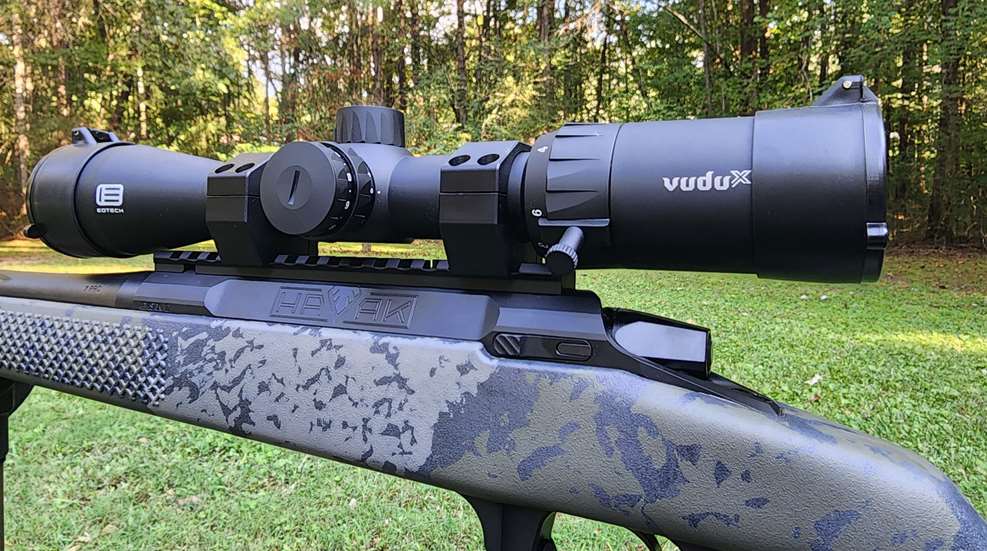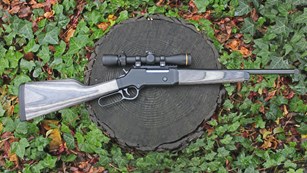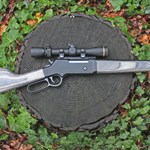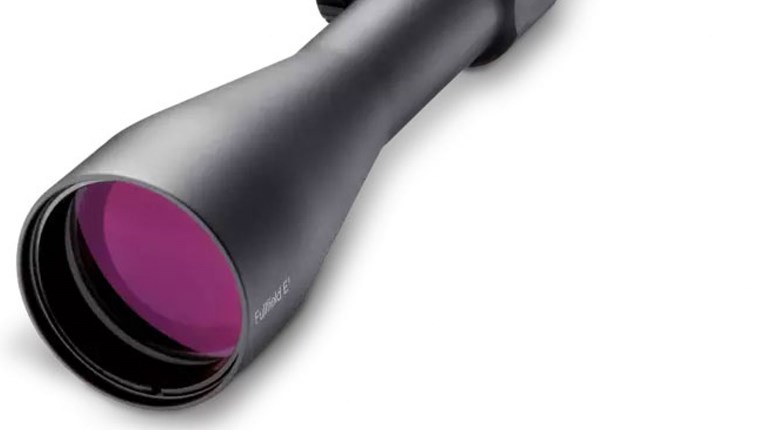
Mounting a scope on a rifle should be simple, and it generally is, but the rings you use to mount the scope do take some figuring. Rings come in many different heights, from extra low to extra high and several options in between. If you choose rings that are too high, you’ll have to hold the gun in an unnatural position in order to see through the scope, sacrificing a good cheek weld—and improper hold usually leads to increased felt recoil, among other problems. On the other hand, if you choose rings that are too low, the scope might not even fit on the gun—the objective lens can bump the barrel and make mounting impossible. You might also have issues with the bolt on a bolt-action rifle hitting the scope if the clearance isn’t right. So how do you know what height makes sense for your gun?
As a general rule, you want the lowest rings you can comfortably get away with to promote a good cheek weld and to make full use of your scope’s range of elevation adjustment. The easiest way to buy rings is to take your gun and scope into a local sporting goods store, where the associates at the gun counter can advise you and maybe let you try different heights to see what works. If you’re buying over the internet, though, this isn’t an option. You can buy a bunch of rings, try them all and send back the ones that don’t work; you can make an educated guess and hope for the best; or you can do some calculations.
If you want to go the educated-guess route, there are a few simple guidelines to help you. A bigger objective lens will require higher rings; a standard 40mm objective lens like you might find on the average hunting scope will usually be fine with low to medium rings. Guns with adjustable cheek pieces or Monte Carlo stocks can accommodate higher rings. If your rifle’s stock has what we call drop—where the cheek piece (if it has one) or the part of the stock where your face makes contact with the gun is lower than the axis of the bore—you probably need rings on the lower end of the height spectrum. If the stock has no drop and the cheekpiece rests in line with the bore or slightly above it, you might need higher rings.
Optics Planet lists some loose guidelines based on the objective lens size and a standard tapered barrel:
40-42mm objective lens: Low rings
44mm objective lens: Medium rings
50mm objective lens: High rings
55mm+ objective lens: Extra High rings
I’ll be honest: The educated-guess-and-hope is my style. I’ve gotten lucky so far with my educated guesses and only once or twice had to exchange rings for a different height. But if you want to be precise, or you just like math, there are a few ways to calculate this.
Take the diameter of your objective lens in millimeters, add 2 to 4mm to account for the thickness of the scope body, and divide in half. That gives you your center height. For the common 3-9x40 scope, the equation looks like this: (40+2) / 2 = 21. Your center height is 21mm, or .827 inches. Many manufacturers sell scope rings by center height, and their website should tell you the exact measurements. That .827 is just slightly taller than “low” in the last brand I bought rings from, so I purchased the next height up, “medium,” which was listed at .87 inches. The scope just barely fit (see photos), so when in doubt, round up, not down.
Another way involves more measurement. Measure the height of the front of your base/rail from the top of the barrel. Measure the height of the rings you want to use from the top of the rail to the centerline of the rings. Then measure the diameter of the bell of the scope (which will probably be the objective plus about 4mm as discussed above). Then use this formula: (Rail Height + Ring Height) - (Bell Diameter x 0.5). If the number is positive, the scope will clear the barrel. The ideal range, according to Athlon Optics, is between .625 and .25 inches (unless you have an adjustable cheekpiece or a flattop rifle, in which case you have more leeway).
The manufacturer of your scope or rings might have a specific calculation or at least some guidance on their website; a quick internet search for “scope ring height + [manufacturer name]” should bring you to it. Warne Scope Mounts has a very handy calculator on its site. Leupold has a chart; many companies have their own YouTube videos to advise you about their own rings.

Using the center-height equation listed in this article, I calculated low rings would be a smidge too low for this scope with a 40mm objective lens, so I ordered medium rings. You can see the scope just barely clears the bolt and the rail. Lesson: When in doubt, go up.
Sometimes you will have to go higher than you’d like to clear the bolt (or iron sights) or to give the objective lens enough room to clear the barrel, and now the scope feels too high and you’re having trouble seeing through it. To fix this, you’ll need to raise your eye while still maintaining a good cheek weld and proper form. You do this by building up the cheek piece part of the stock. Some guns come with shims that allow you to raise the stock; alternatively, a number of aftermarket cheek piece risers are available, or if this is a permanent need, you can have a stock fitter alter your gun. If you’d like to experiment before you decide to invest in a raised stock, you can improvise by building up the cheek height with some foam padding and moleskin or adhesive bandage.
There are other factors to consider beyond just the objective lens size. Bull barrels and iron sights can necessitate going up a step or two in height. Canted rails change the equations somewhat. Your own build, face shape and shooting form can play a role in where your eye sits in relation to the bore and therefore where the scope needs to be mounted. And, of course, you can calculate everything just right and the bolt throw can still get in the way of it all. But in general, go for the lowest rings your calculations (or your educated estimate) recommend. And when in doubt, round up.














































